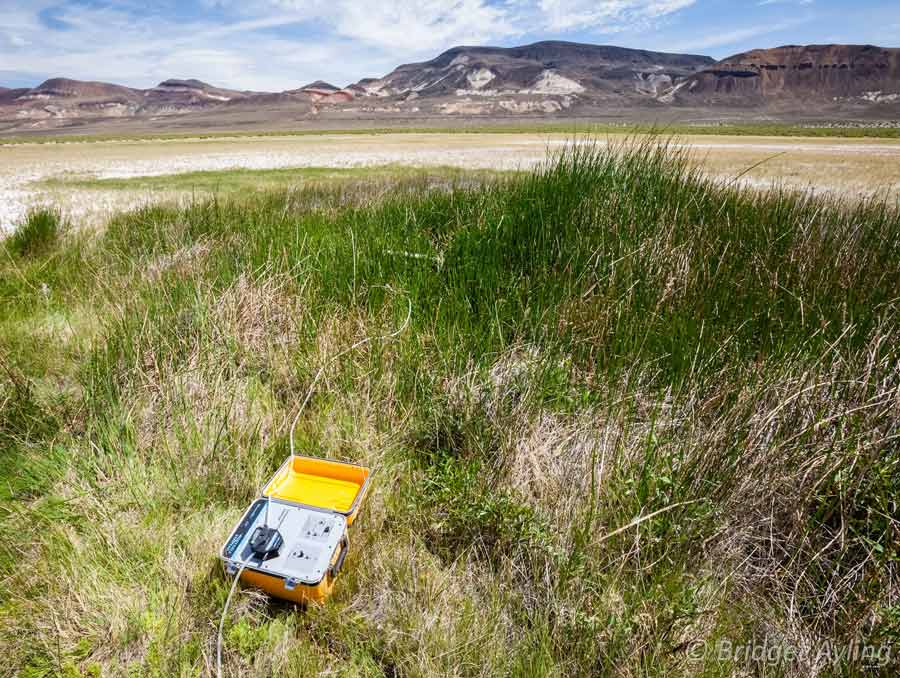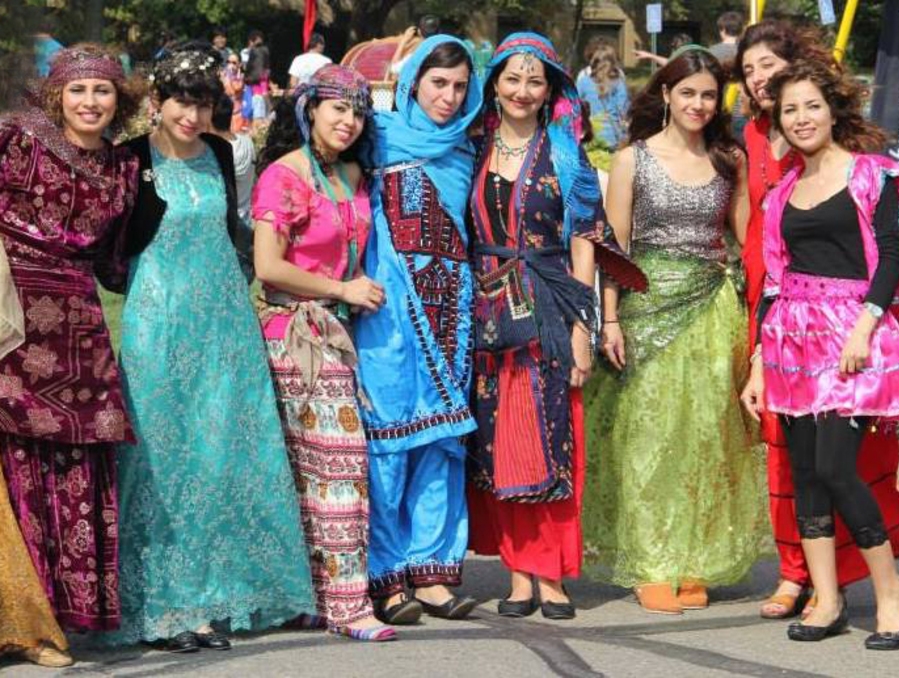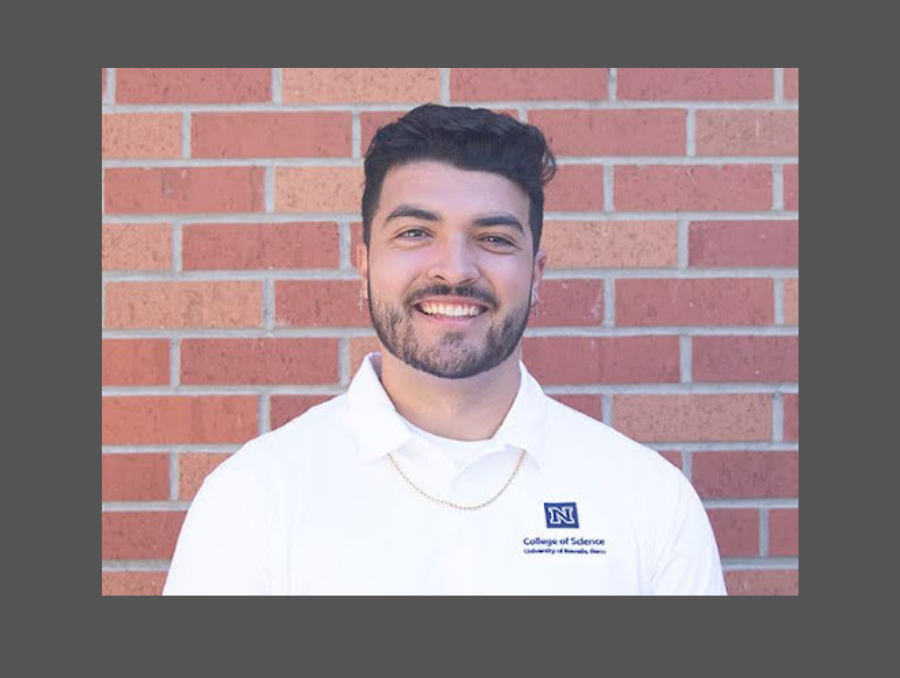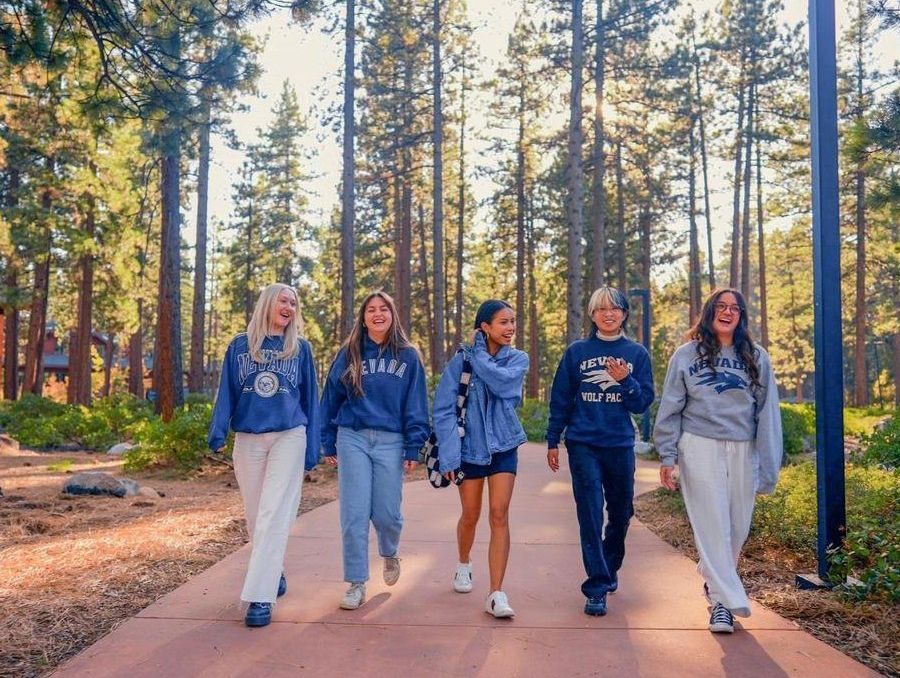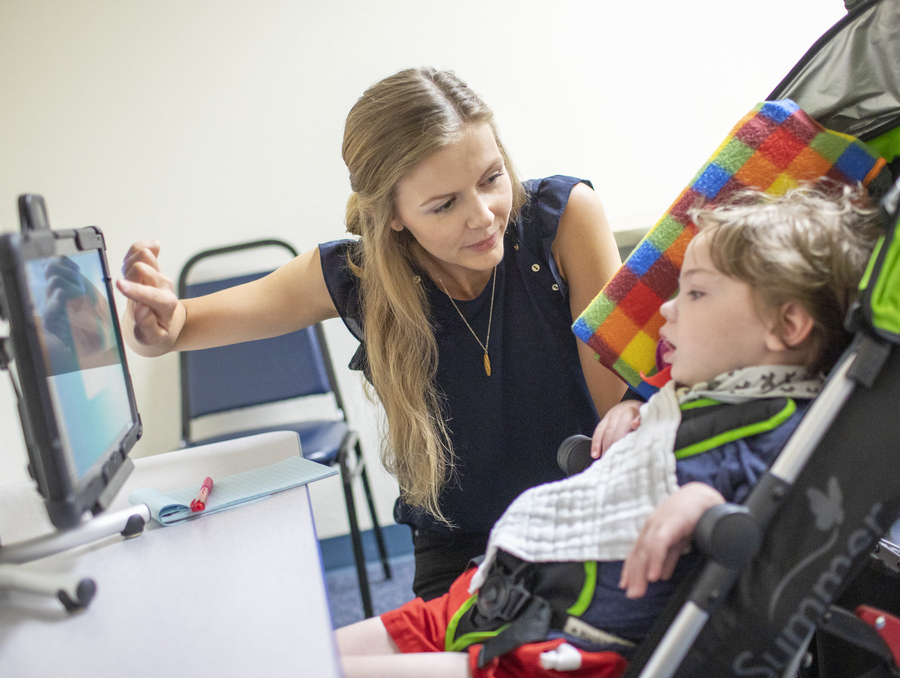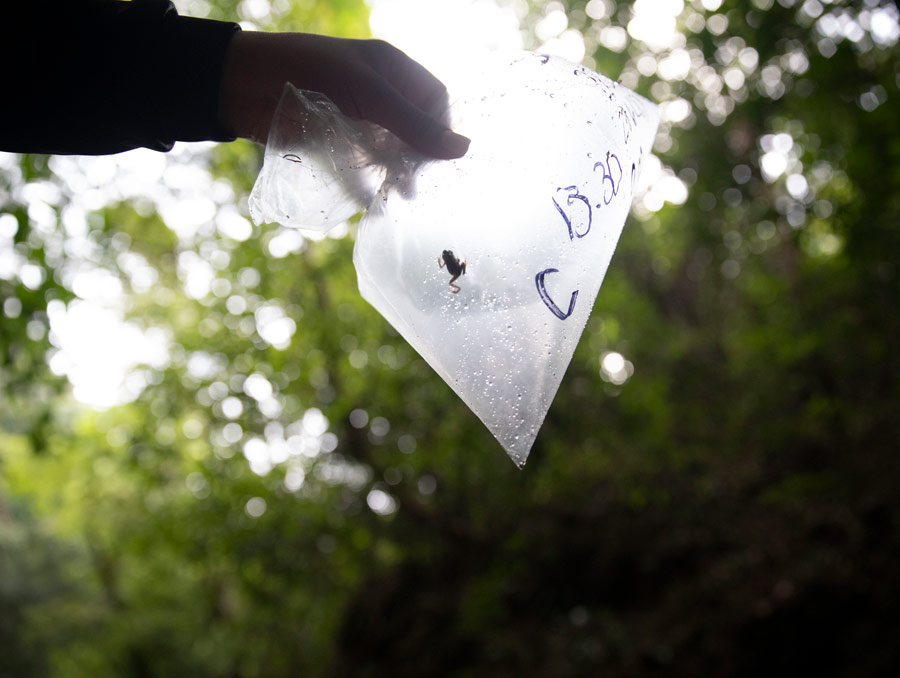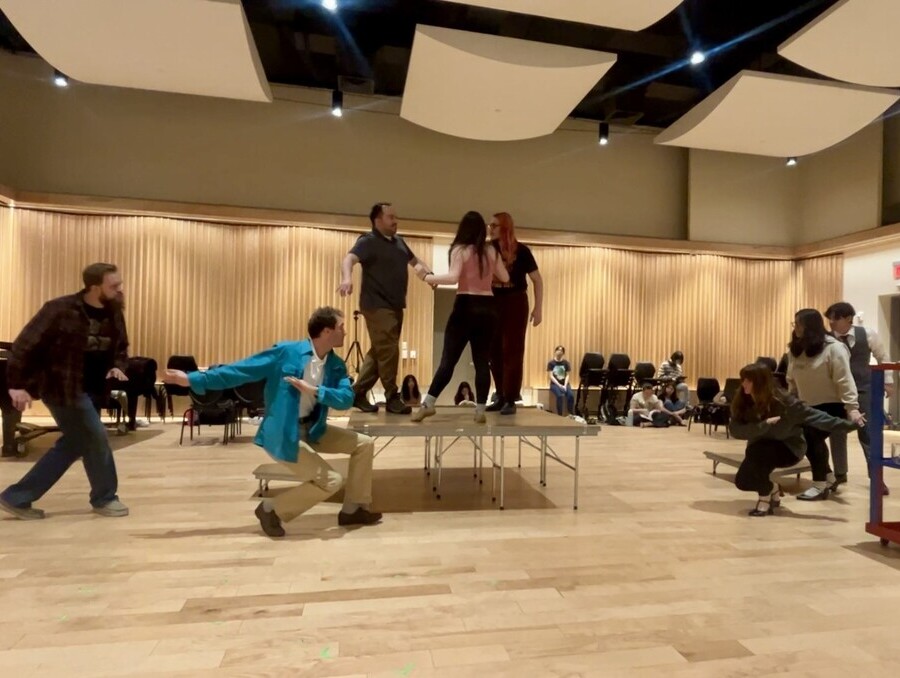Students in an interactive media course at the Donald W. Reynolds School of Journalism and Center for Advanced Media Studies explore Reno’s historic and contemporary architecture and environmental landscape in an online design project that debuts Nov. 20.
The project complements a new book titled “Reno Now and Then,” published this month by the University of Nevada Oral History Program.
The students used computer software to ‘morph’ photos, a technique that transforms one photographic image into another.
“Morphing provides a better sense of how a landscape changes because it is possible to see fine detail and observe what has changed and what has not,” said Howard Goldbaum, associate professor.
Optimal results are achieved in morphing if the new image replicates to the greatest extent possible identical elements captured in the historical image.
Book authors Neal Cobb and Jerry Fenwick supplied Goldbaum with dozens of images from Reno taken in the 1930s, ’40s and ’50s. From those, Goldbaum handpicked photos for his students to recreate.
“The process requires special attention to recreate camera position, lens perspective and lighting,” Goldbaum said.
Students then create anchor points on objects, contours and outlines on both sets of images, facilitating the visual transformation.
One particular image appealed to student Hailee Vance, a senior in the Reynolds School print sequence.
“My original photo was taken on the corner of 2nd and Sierra streets, and images of people just drew me in,” Vance said. “Men wore zoot suits and women were wearing trench coats and high heels. It looked like such a great era. I just wanted to be there.”
Vance was dispatched to take a photo of the building that once housed the Wigwam Theater. Subsequent incarnations included the Nevada and Flamingo theaters. Today the building houses 210 North, a nightclub and lounge that opened in 2006.
“As a print student, I found a new kind of focus working on this photo project,” Vance said. “It taught me a different way to look at things that will be helpful as I consider writing for and designing webpages in the future.”
Goldbaum’s course teaches students to perform photo research. Also they develop new skills and apply knowledge of geography, media technologies and flash interface.
“There is rigor in doing something that requires attention to detail,” Goldbaum said. “Students develop an appreciation for this work that is important for success in website design and innovation.”
Vance came to appreciate something unexpected while completing her photo morphing assignment.
“The building in my original photo was amazingly historic and impressive,” Vance said. “Renovations have diminished that. It once was unique and now it’s flat and dull. Those kinds of changes make you appreciate the architectural value of buildings in our city’s past.”
The students’ project will be published on Nevada Humanities’ Online Nevada Encyclopedia (ONE).
The Reynolds School of Journalism is Nevada’s only accredited journalism school.




